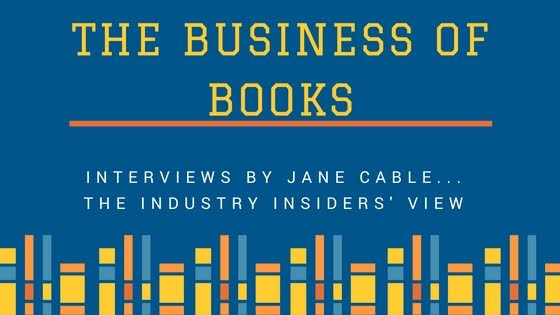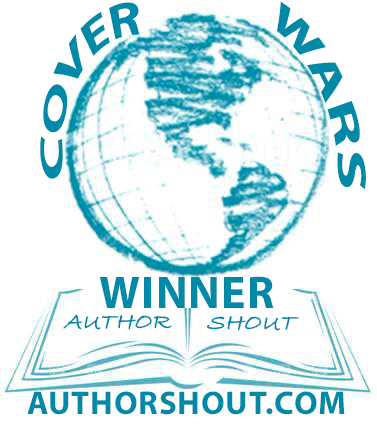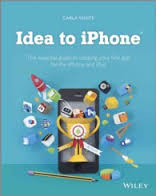 Jane Cable on Bookbub and other promotions
Jane Cable on Bookbub and other promotions
Another You has been on promotion again; partly thanks to Endeavour Press and partly off my own bat. When I heard the price would be dropped to 99p/99c for a good chunk of April in readiness for a Bookbub promotion I thought it would be worthwhile experimenting a bit myself.
I had heard very good things about Kindle Daily Nation (https://kindlenationdaily.com/). Very strong in the US market (where I’m not), they offer a number of sponsorship packages which start from $30 but I opted to splash out on one where Another You would be the only book featured in the mailshot. I’ve often found that the best way to sell my books is to offer a free excerpt and to do this costs $120. I uploaded my details and held my breath. Far from being the impersonal web-based process I expected soon I was receiving friendly emails from the team in New England who designed a great mailshot which showcased my book perfectly.
Did it work? Yes, in that the book shot briefly back up the Amazon.com charts and Endeavour were able to tell me that it sold 26 copies on the day of the promotion. Not nearly enough to pay for it, although more would have sold over the next few days, but overall the increased profile meant the experience was a positive one.
A week or so later Another You was featured on Author Shout’s Cover Wars (http://authorshout.com/cover-wars/). I had applied a few months before so the timing was purely co-incidental and I thought the promotions would bounce off each other well. Any author can apply, but be aware – this competition is far more about social media presence than the cover itself.
I normally work really hard on social media to make the most of every promotion I do and this time I could see it paying off straight away. I shared the link to the voting on the bookish Facebook groups I’m a member of, to my author page and on my personal Facebook account. I tweeted it every day. In Cover Wars you can vote every 24 hours and so many friends and fellow authors rallied around to do this I was knocked out by the support. It was neck and neck until the end, but I realised that the other author vying for top slot was in America so I had a last morning to gather votes before the competition closed. My strategy worked and Another You became Author Shout’s book of the week, featuring on their website and in their own social media. But whether I sold any more copies because of it I can’t really tell.
So on to Bookbub (https://www.bookbub.com/home/). Authors who have been featured rave about it, it isn’t cheap and there is a selection process to go through. Is it worth the hype? The answer is an emphatic yes.
Endeavour booked the promotion for the UK, Canada, Australia and India. It was so effective that within hours I had my first Amazon best-seller label, for 20th century historical romance in Canada. Unlike when the book was available free these were real sales to genuine new customers. A week later the book is still doing pretty well there and in Australia. In the UK it shot up to 400 in the Kindle UK charts and is still selling strongly and in the top 50 for women’s historical fiction.
So, what have I learnt? Strive for the best – save your pennies or beg your publisher and try for a Bookbub slot. And when you do decide on a promotion, harness all your social media resources and work as hard as you can to maximise the impact. Otherwise your time and money are likely to be wasted.



